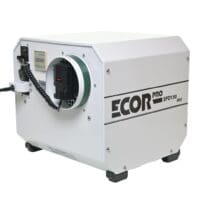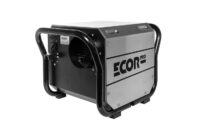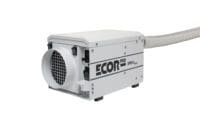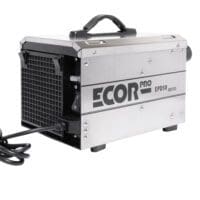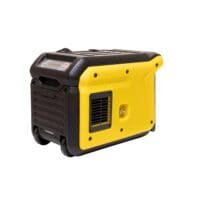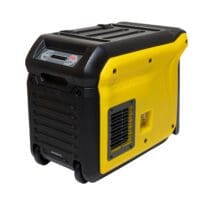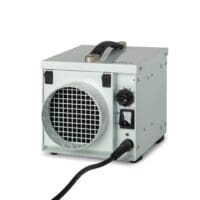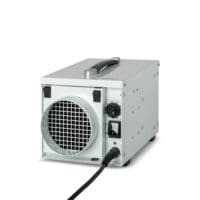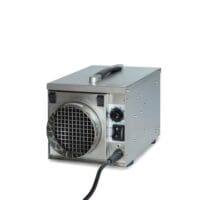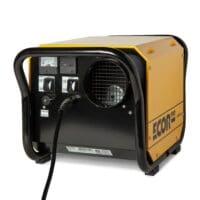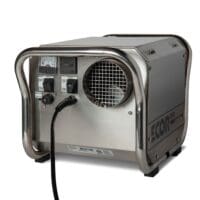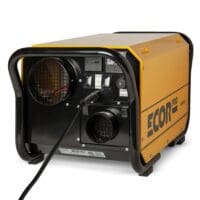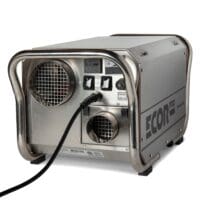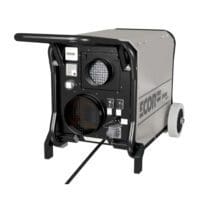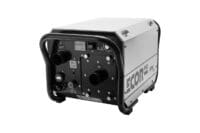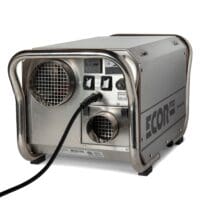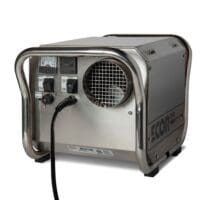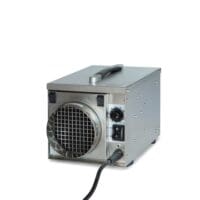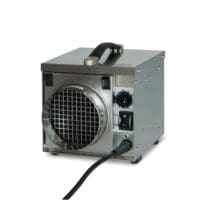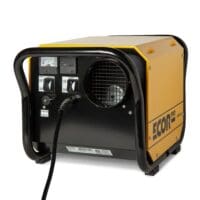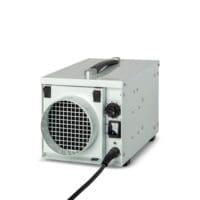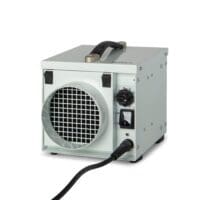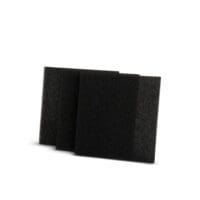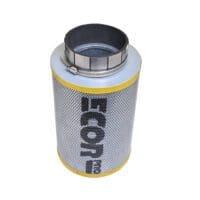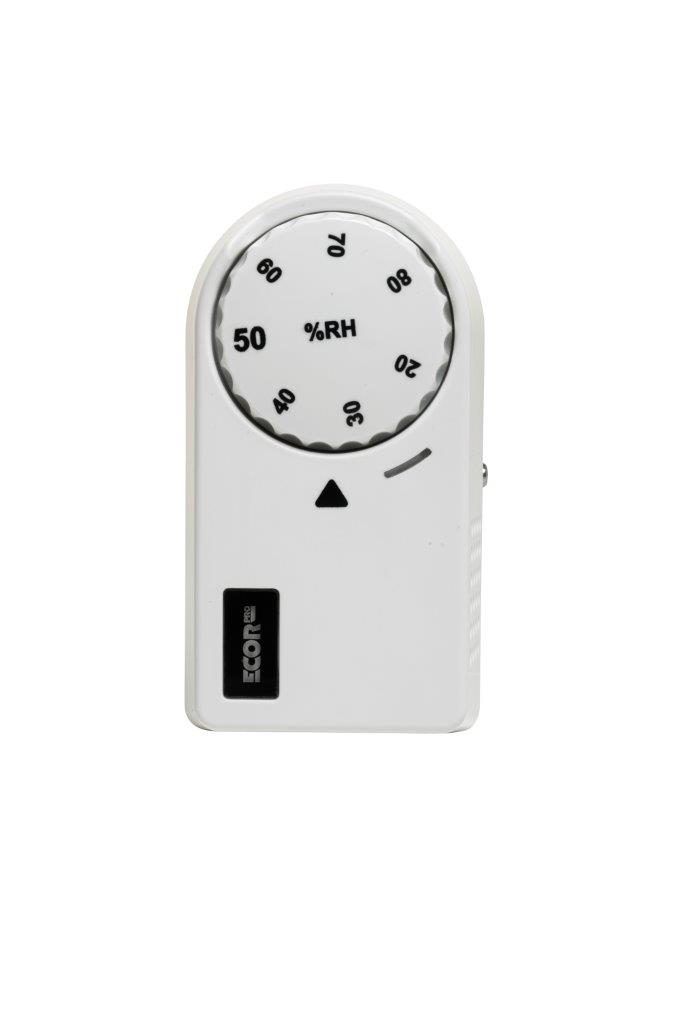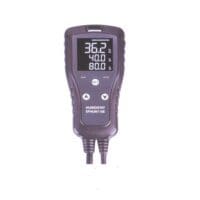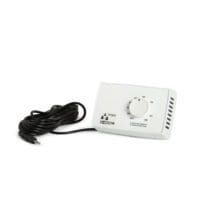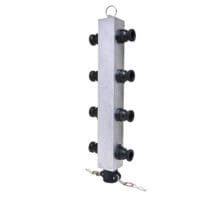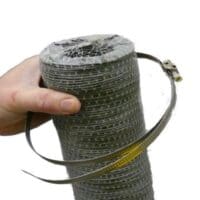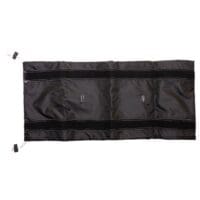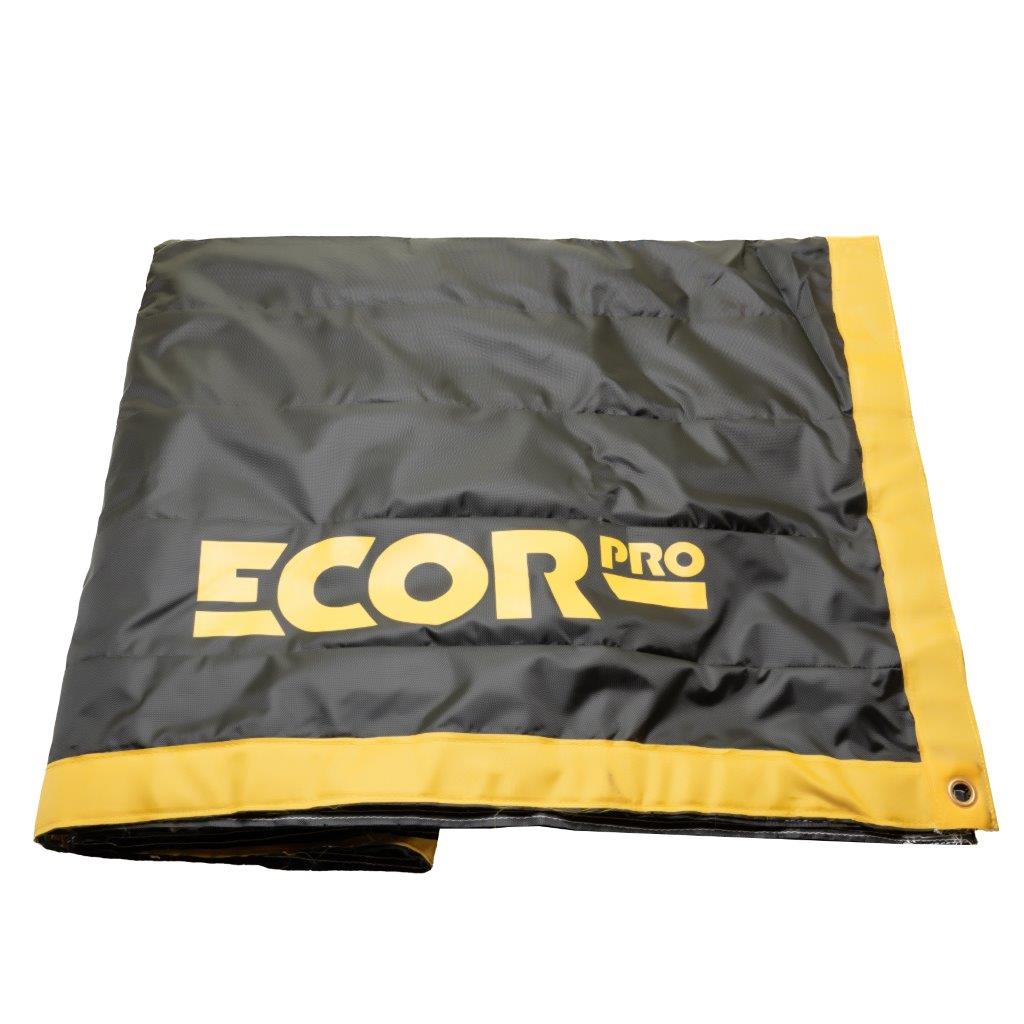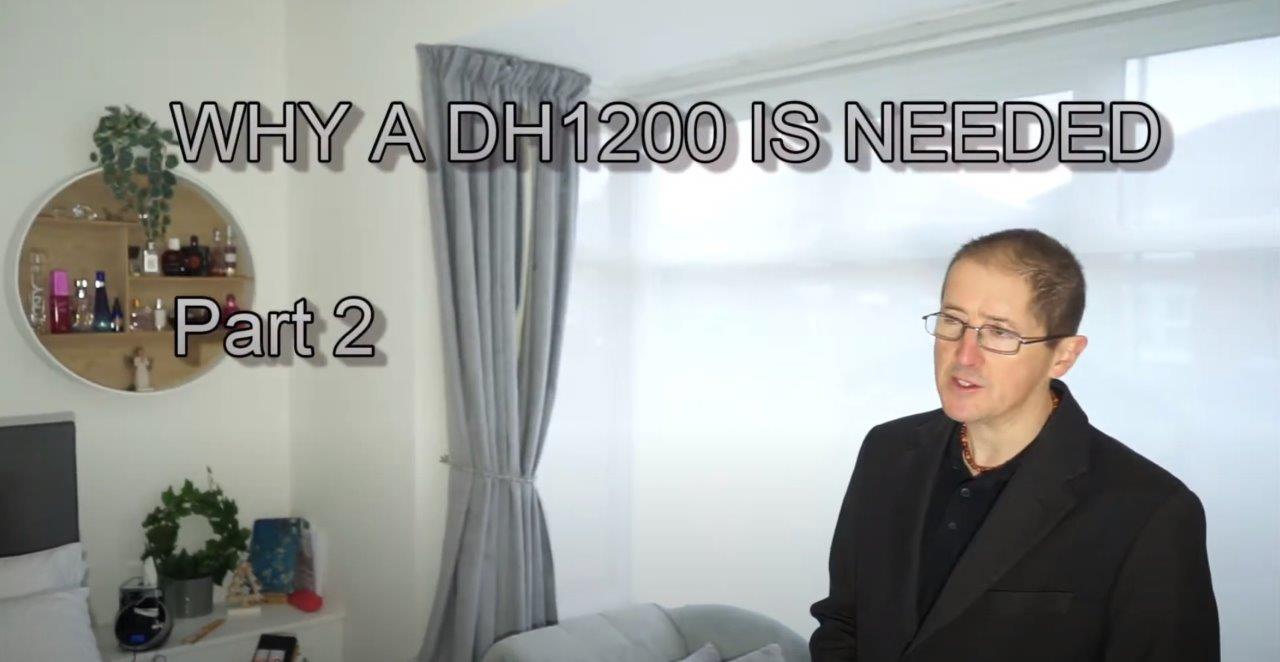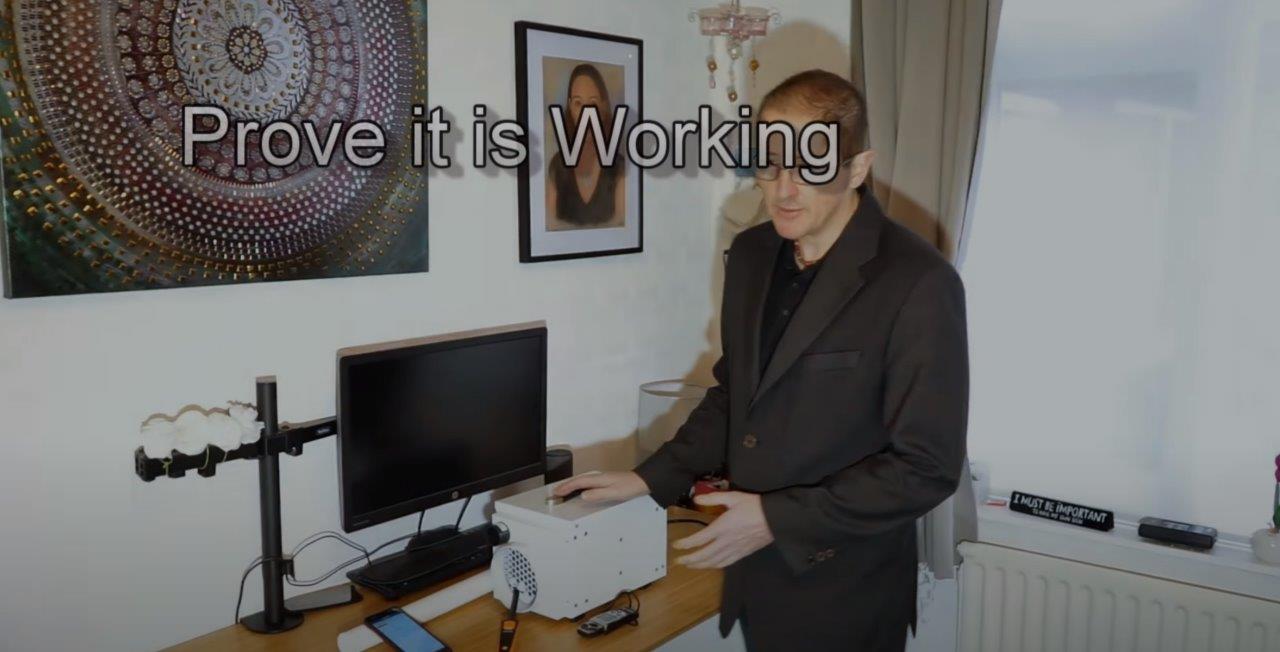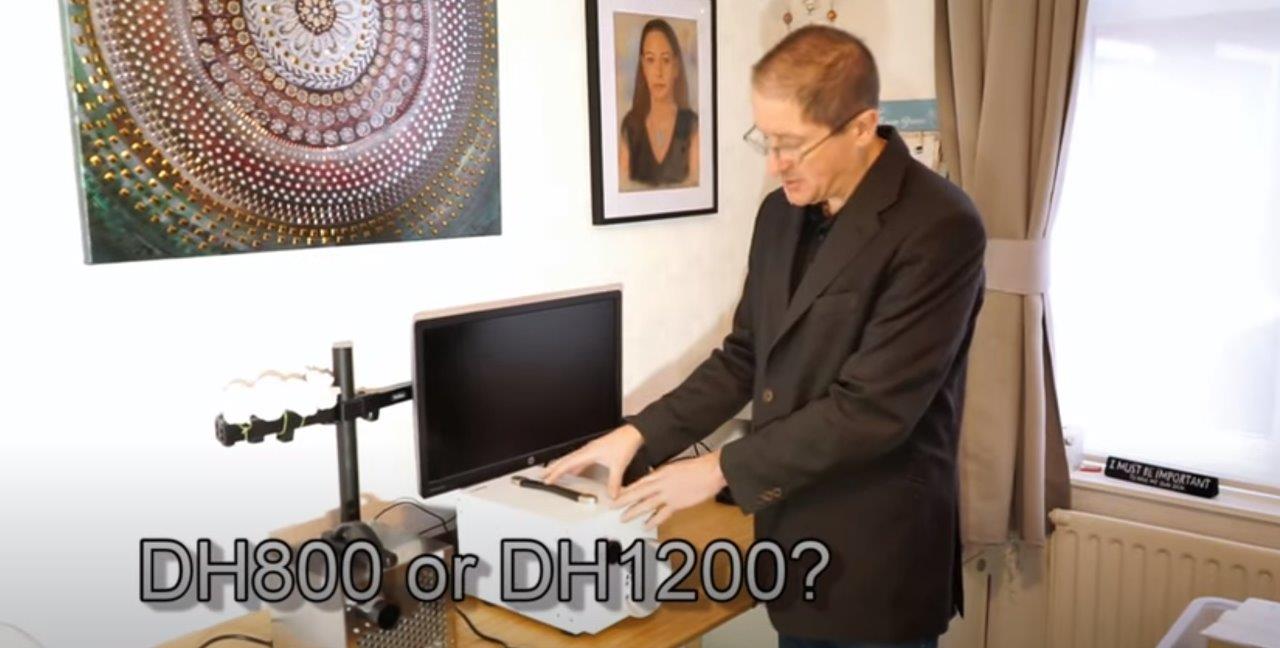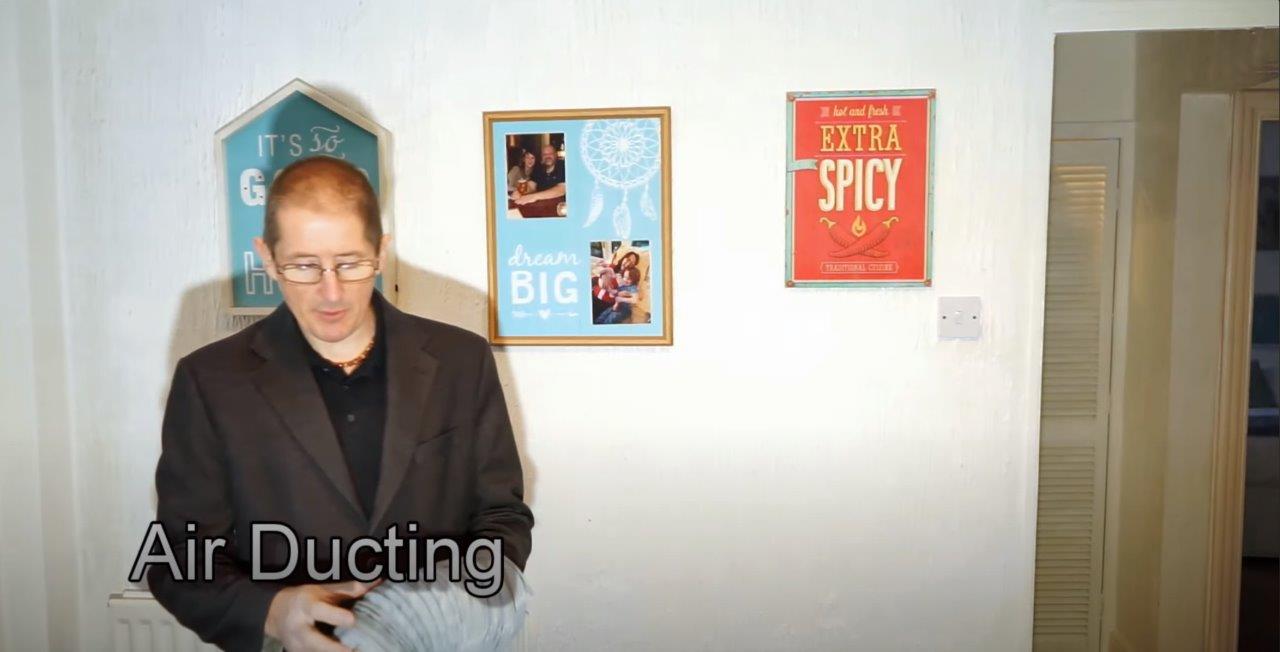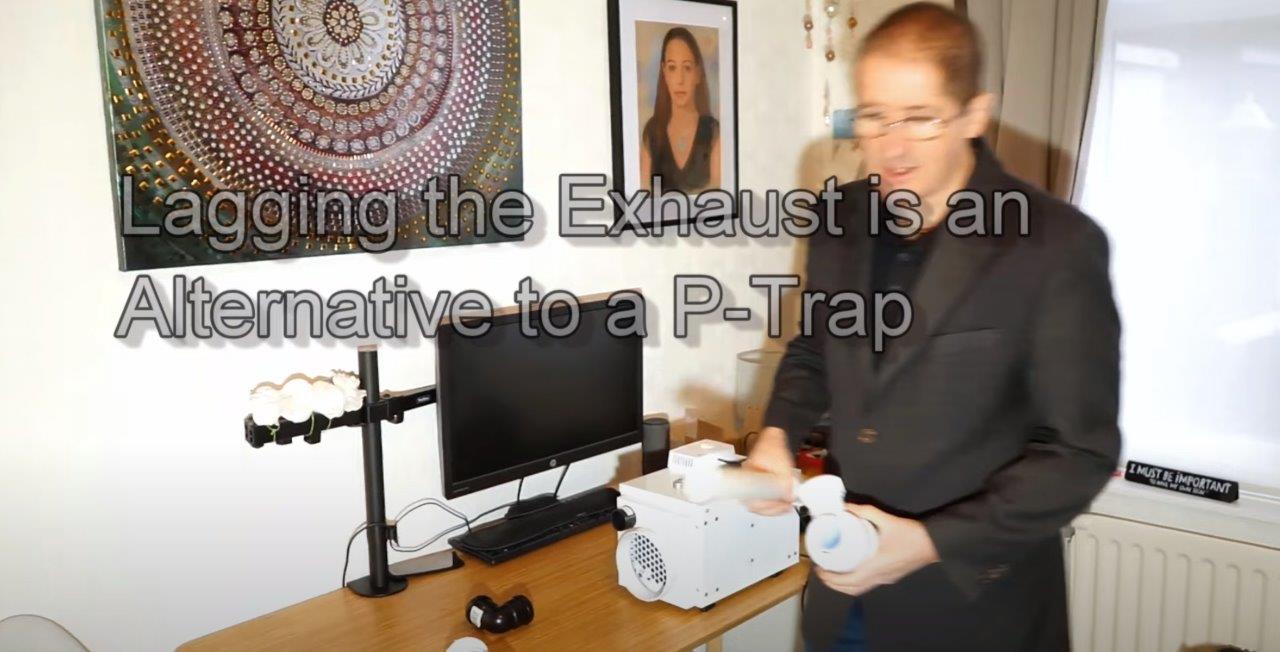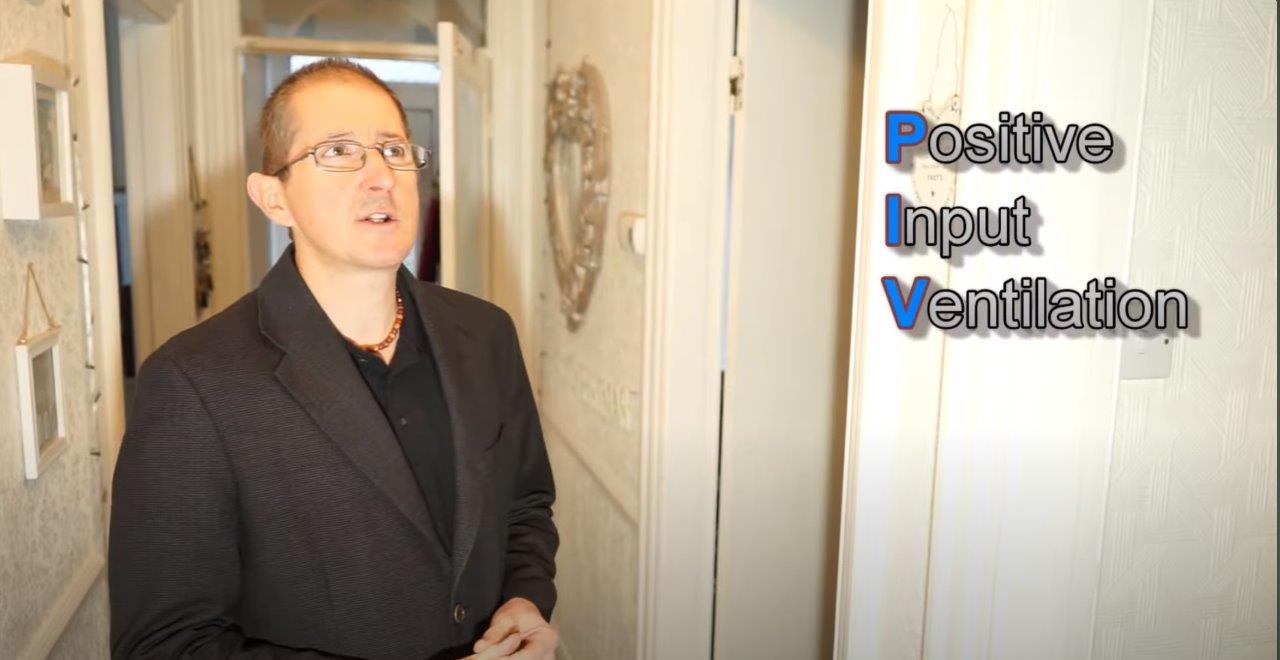Installing a DH1200 (EPD50) Dehumidifier into a Home as a Whole House Solution to Condensation, Dampness & Mould
Scenario:- The client has a home that had double glazing and indeed an insulated roof. The property was warm and single story yet felt humid often inside. The air felt “heavy”. As the lady’s partner begain to live perminantly in the house the house began to suffer from mould in the corners of the property and indeed in the wardrobes especially.
It was noted there was not extraction to the outside of cooking vapour and clothes were often dried on radiators in the hall. In addition there was little extraction of air in the bathroom duct to the postion of outbuildings nad neighbours.
Moisture migrates upwards. Single story dwellings need larger units to cope with humidity problems than two story homes. In two story homes convection currents also help take moisture upwards to the second floor where it can be dried. Single story homes need to pull the air from the outer walls to the dehumidifier to be dried..
Tip: To have the dehumidifier out of sight you need to duct in damp air and duct out the dry cleaned air. Therefore, the dehumidifier needs to have an inlet and outlet flange and a fan to cope with ducting. Only the EPD30/DH800 does not have fans on inlet and outlet for this reason. This is suitable for room drying with the dehumidifier in the room being dried.
Tip: remove the air filter from the inlet of the dehumidifier and use an inlet grill in the ceiling of the home that connects to that inlet with a similar filter holder (Reticulated foam 10mm thick 10ppi). In that way you will not have to access the attic space to clean the filter periodically (every 3 months or so)
A standiard dehumidifier produces a deep tone the same as a fridge or freezer. These low tone reverbarate around the house easily and can be easily heard at night. The Ecor Pro desiccant dehumidifiers only have the fan that makes noise. Ducting will reduce than noise dramatically and the dehumidifier will of course not be seen.
Since no water is produced how will you know water is leaving the home? The standard practice is to leave the dehumidifier running around two weeks constantly to dry the fabic of the building. Thereafter, it can be controlled at a comfortable setting around 60-65% Relative Humidity.
Choosing the right unit is key but the more people a property has, the more surface area it has and indeed it location in terms of rainfall, proximity to water and average temperature are key. Lifelstyles such as bathing, cooking and clothes drying are also key. The right model for a home may indeed be a larger unit such as the EPD150/DH2500 or even DH3500/EPD200 for larger homes. There variables are so complex that the only guid is a rule of thumb
The Rule of Thumb for Homes
DH800 / DH800+ EPD30
20-80 sqm
Single Rrooms
Holiday Homes
Single Garages
DH1200 / DH1200+ EPD50
80-120 sqm
Smaller Homes
Holiday Homes
Double Garages
DH2500 / EPD150
120-180 sqm
Larger Homes
Triple Garages
DH3500 / EPD200
180-220 sqm
Larger Homes
Larger Garages
Try to keep the inlet to the dehumidifier as short as possible. After this video, the exhaust hose was actully removed to vent moisture to the attic space. There was an adequate air flow in the attic to cope with any excess moisture there.
Any air bing ducted in the loft or attic is subject to cooling. The attic is cooler than the home. Air from the living space entering in the loft is cooled and can condense water in the ducting. To avoig this cooling or even condensate collection insulate the ducting.
An perhaps outdated way of controlling moisture perculiar to the UK is the PIV system. Used a lot with local authority housing the effect can be dramatic cooling of the property wsting heat energy. read more





